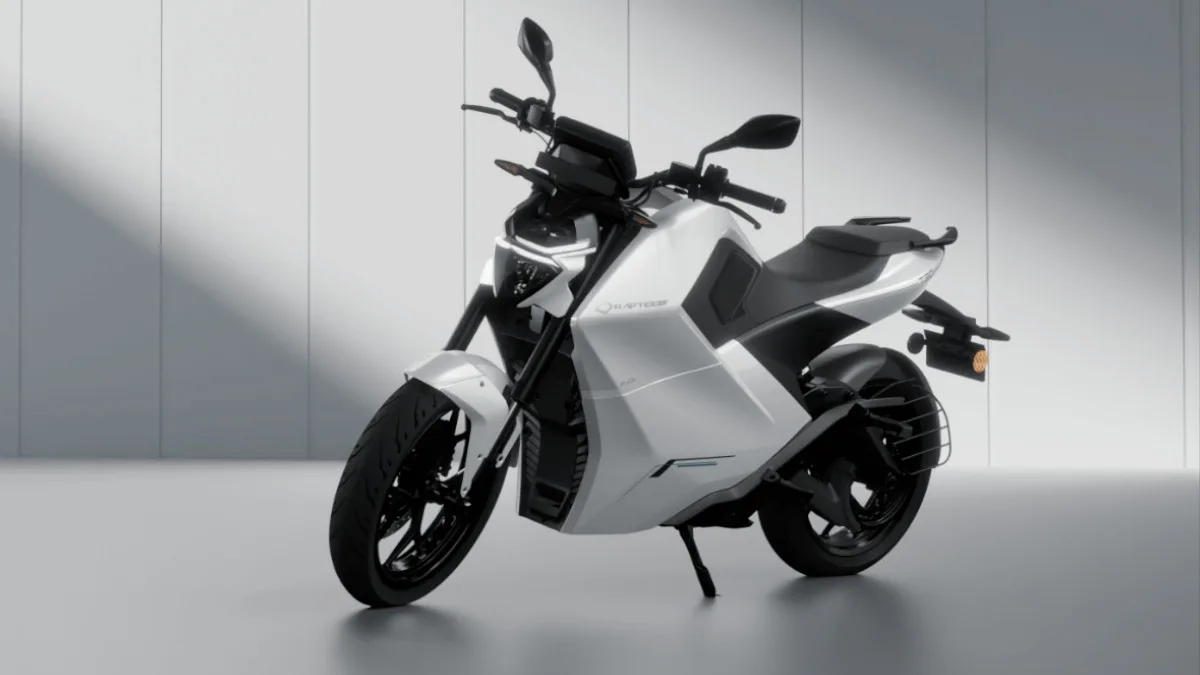
In a groundbreaking announcement, Hyundai Motor Company and Kia Corporation have unveiled the cutting-edge ‘Active Air Skirt’ (AAS) technology, aimed at transforming the landscape of electric vehicle (EV) aerodynamics. This revolutionary technology is set to redefine high-speed driving, addressing challenges posed by aerodynamic resistance and significantly enhancing the driving range and stability of electric vehicles.
Understanding Active Air Skirt Technology
AAS operates as a sophisticated system that intelligently manages the airflow beneath the vehicle during high-speed driving. Positioned strategically between the front bumper and the front wheels, AAS remains inconspicuous during regular operation. However, it comes to life when the vehicle exceeds 80 km/h, precisely when aerodynamic resistance surpasses air resistance. Notably, AAS seamlessly reverts to its dormant state at 70 km/h, a strategic move to avoid unnecessary operation in specific speed ranges.
Tailoring to the E-GMP Platform
Taking into account the specificity of the Electric-Global Modular Platform (E-GMP), AAS is uniquely positioned to cover only the front part of the tires. This distinctive design choice aligns with the flat floor characteristics of the E-GMP platform, optimizing aerodynamic performance by focusing on the tire section. The result is a significant increase in downforce, consequently improving vehicle traction and high-speed stability.
Impact on Driving Performance
AAS’s aerodynamic enhancements go beyond reducing drag coefficient; they have a tangible impact on overall driving performance. Tested in the GV60, the technology is expected to reduce the drag coefficient by an impressive 2.8 percent. This reduction translates to a notable improvement in the driving range of electric vehicles, a pivotal factor in the fiercely competitive EV market.
Pushing the Boundaries
What sets AAS apart is its ability to operate at speeds exceeding 200 km/h. This achievement is attributed to the innovative use of rubber material on the lower part, mitigating the risk of external objects causing damage while driving at high speeds. The incorporation of this durable material ensures longevity, a key consideration for Hyundai Motor and Kia.
Patent Applications and Future Prospects
Highlighting their commitment to innovation, Hyundai Motor and Kia have filed patent applications for AAS in both South Korea and the United States. The companies plan to undertake rigorous durability and performance tests before considering mass production. The strategic approach to securing patents underscores the significance of AAS in the evolving landscape of electric vehicle technologies.
Expert Insights
Sun Hyung Cho, Vice President, and Head of Mobility Body Development Group at Hyundai Motor Group, anticipates a more pronounced impact of AAS on SUV models. Cho emphasizes, “This technology is expected to have a greater effect on models such as SUVs where it is difficult to improve aerodynamic performance.” The commitment to ongoing improvements in aerodynamics underscores the companies’ dedication to enhancing the driving performance and stability of electric vehicles.
Comprehensive Aerodynamic Solutions
Beyond AAS, Hyundai Motor and Kia are at the forefront of incorporating various aerodynamic technologies across their vehicle lineup. These include rear spoilers, active air flaps, wheel air curtains, wheel gap reducers, and separation traps. The culmination of these innovations is exemplified in the Hyundai IONIQ 6, a flagship model boasting a global leading drag coefficient of 0.21.
Discover more from Wheels Craze - Automotive News, EV News, Car News, Bike News
Subscribe to get the latest posts sent to your email.



